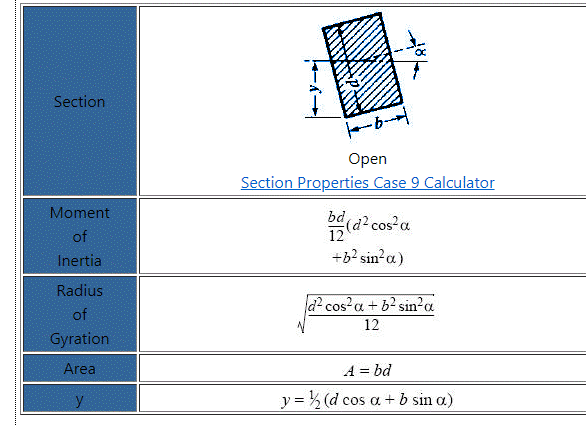Denial said:
so we have no reason apply the "if we add constraints to a system the frequency increases" dictum.
I know you know a lot more about this stuff than me, but I'm not sure I get your point.
I agree there are lots of ways to "explain" why the free free modeshape shown is higher without considering constraints (I originally had in mind an explanation that the bending for a given peak displacement is higher for the free free modeshape so it's not hard to visualize that the ratio of potential energy to kinetic energy will be higher on the free free beam modeshape than the simply supported modeshape). But the more relevant question in my mind is what happens when we
do consider adding constraints and why doesn't it match what we expect.
You have a comment focused on the role of the term "constraint", but I think we can reframe Greg's post without mentioning constraints in a way that demands further explanation (which is only satisfied by that zero frequency mode... at least from my limited viewpoint). So instead of talking about constraints, let's insert a pair of variable-stiffness discrete vertical spring elements into the pinned joints (between the support and the beam). Now lets' vary those discrete element stiffnesses from infinite stiffness (simply supported) down to zero stiffness (free free).... and the "natural frequency" goes up. It doesn't match what we know about mass spring systems (we don't expect the natural frequency to go up when we decrease a pair of spring stiffness within the system). It only matches our expectation if we note that we are comparing apples to oranges in terms of which natural frequency we are looking at.
In further analysis of that variable stiffness discrete spring experiment, let's say you plotted a curve of the resonant frequency as you decreased the stiffness of the inserted springs gradually from infinity down towards zero. You would see a continuously decreasing resonant frequency all the way until you got arbitrarily close to zero stiffness (at which point natural frequency is very close to 0). But when you get to exactly zero stiffness you have a choice: You can select the zero frequency...which is the logical continuation of tracking that first mode (it doesn't create any step change in natural frequency curve in between "close to zero" stiffness and "exactly zero" stiffness); or you could select the free free non-zero mode frequency which would introduce a step increase in your natural frequency curve between "close to zero" stiffness and "exactly zero" stiffness. It seems a very logical explanation for that step change would be that you are now looking at the 2nd frequency (you are comparing apples to oranges on the two sides of that step change in frequency).
I'm not saying you are wrong, because often what "makes sense" to explain something is very subjective. But fwiw Greg's explanation makes a lot more sense to me to explain the pieces that initially seemed perplexing.
GregLocock said:
In real mechanical systems it is very hard to arrange for a case where the two systems remain isolated from each other and there is no cross talk between them yet share common excitation
That's why your paradox didn't faze me. I've never played with anything like that in the real world. I based my mental model on simple textbook approximations.
If I try to visualize what you're talking about myself, let's say we have a square cantilever beam. Can the tip orbit in a circle in free motion? My intuition says it might do that at small displacements but not at large displacements. Maybe, I dunno.





